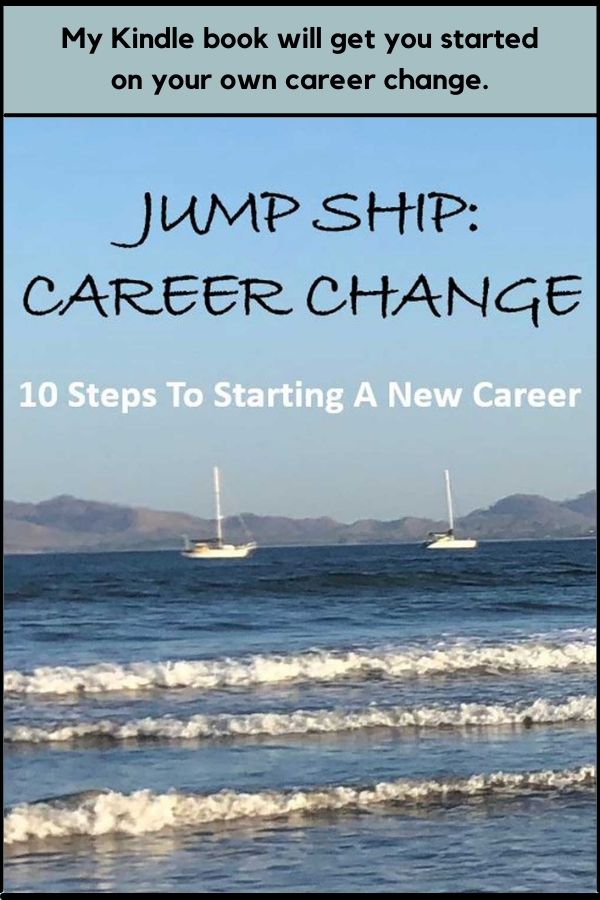For more on resumes, check out my Ultimate Guide To Resumes.
The first quarter of the year is a busy time for hiring, and if you want to jump on the job opportunities that come your way, you’ll need a resume. But the prospect of pulling together all the details of your background is daunting for many job seekers, especially if you haven’t updated your resume recently.
If you break down your resume into small, distinct tasks you can slay the resume monster in a few minutes a day . If you’ve been procrastinating on your resume and waiting to find that perfect time to get it done, here are five steps to writing a resume quickly and easily:
Create a formatted template without worrying about the content
One of the big problems with a resume is that it is structured in a very specific and unnatural way. Phrases need to be formatted with bold or italics. Margins need to be uniform. Some items need to be edited to fit in a single line on the page. Along with all the formatting, you’re keeping track of lots of content details — what is the proper name for my alma mater, what was my title five years ago, what were the exact dates I held that job? If you try to do this all at once, it will be a slow, confusing process, and you’ll be tempted to abandon mid-stream.
Instead, lay out the formatted template first without any content. Create your major sections — Contact Information, Summary of Qualifications, Experience, Education, and Additional Information — with generic or even nonsense words as placeholders. This way, your mind doesn’t have to switch back and forth between formatting and details. You knock the format out of the way, take a nice break and come back at a later point to fill in the content. A quick Google search of “resume template” yields a long list of sites that offer various formats to choose from. Pick one that looks uncluttered so it’s easy to skim, and start there.
Write in normal sentences rather than resume speak
As you put the content together, do a first draft where you just get the information out of your memory and onto the page. For the Experience section, you will likely bang out a first draft faster if you write in normal sentences rather than resume speak (bullets with active verbs at the front and no subject). Another option is to record yourself as you describe your jobs and then transcribe your words onto the page (as a bonus, this is good for practicing interview response). The point is to get as many details out of the way as you recall them, and then edit after.
For other sections, such as Education, where you may need to check details (e.g., what is the exact phrasing of my degree and concentration), put your best recollection down all at once, and block out a later time to confirm the details. This way, you avoid switching back and forth between writing and editing.
Use job postings to identify keywords to include
Now that you have the unedited, smorgasbord of details filled out on your resume, take job postings which interest you and look for keywords in those postings that also appear in your resume. If there is no overlap, look for words in your first draft that you can switch out for the keywords in the job postings. These keywords also give an indication of what you want to highlight in your Summary of Qualifications.
The qualifications listed in the job postings will also give you ideas for what to include in your Additional Information section. If you have specific skills that are listed in the job qualifications (e.g., computer skills, certifications), list them word-for-word. If your target companies are looking for a particular expertise (e.g., knowledge of social media platforms) and you have gained this through volunteer or community service, describe these activities in a way that calls out the desired expertise (e.g., X-Town Community Center social media engagement manager).
Choose specific, active verbs to lead each bullet under experience
Now that your resume has all of the details in the right places and keywords that match your target jobs, you can edit the full sentences into bullets that describe your experience, leading with specific, active verbs. Avoid passive verbs, such as helped, contributed, participated, or assisted. These verbs just confirm that you were there, but they don’t explain what you did. For example, say you participated in the sales presentation to the company’s largest client. Did you write the presentation? Deliver it? Structure it? Research it? Follow up with client? All of the above? The ideal bullet will use one or more of these active verbs: Researched, structured and delivered sales presentation to company’s largest new client.
If your full-sentence draft has a lot more detail that you think is important, don’t feel like you have to share the details in the resume. The resume is an overview and a teaser — it should give the reader enough information that they see your potential and want to interview you . A resume on its own will not get you hired, so less is more. Less detail is accessible, easily skimmed, and easier to understand. Save the full story for your cover letter or interview.
Identify your most substantive responsibility or result in each role
When you draft your resume quickly, you ensure that you get information on the page before you forget it or censor yourself prematurely. It’s better to get it out there, and then edit it later. You can always rewrite the wording or decide to leave out that fourth example but at least you have a choice.
In addition to editing the content of each bullet, don’t forget to edit the order of the bullets. The way you remember something initially isn’t necessarily the best way to relay that story. For example, say you held a job where 90% of the work was most administrative busywork and only 10% of it was substantive project work that showcased your best efforts. As you describe that job, you may default to describing mostly the administrative part of the job. That’s how you remember it, and that’s how you spent the bulk of your time. However, you want to lead with that meaty 10% and spend most of your details on that aspect of the job. This is what your next employer cares about. Edit your resume to your future audience, not simply a rehash of the past.
Bonus Step – Get Feedback
Now that you have your resume nicely formatted, with keywords matching your job targets, and your experience laid out in an active and relevant way, show it around to close friends in different industries and roles, and see what they take away.
Can they describe what you do in the way you want to be seen? Are there words or phrases that they don’t understand because you put in a company-specific acronym or other jargon that is confusing to outsiders? Does the resume make them want to learn more about you?
Stress test your resume in real-life, but low-risk conditions before sharing it more broadly. This enables you to make those final edits that ensure your resume is easy to read, accessible to a variety of backgrounds, and engaging.




